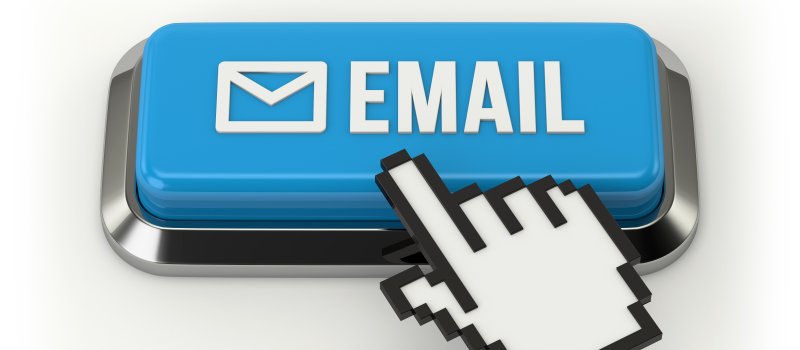All signs point to email marketing continuing to play a major role in the coming years. It served as a go-to communication channel for organizations moving more of their marketing online during the pandemic and has enabled brands to provide the more customer-centric experiences people are looking for. But if you aren’t sure how to improve your business email delivery rate, you could pour more resources into this channel without getting better results.
Email deliverability is critical – if your emails don’t make it to your customers’ inboxes, then all your hard work developing email campaigns goes down the drain. Likewise, a high deliverability rate is going to help you improve your ROI (return on investment) for email.
Let’s look at what issues can stop your emails from ending up in your recipients’ inboxes and what you can do to improve email deliverability.
What Is Email Deliverability?
Email deliverability refers to how effective a sender is at getting their emails to appear in their recipients’ inboxes. Marketers look at the email deliverability rate to determine what percentage of emails are making it through to inboxes.
According to Mailmodo’s State of Email 2022 Report, average inbox placement ranges from 70 to 100 percent. While anything above 70 percent is good, the higher the email deliverability rate, the better.
What Harms Email Deliverability?
You can improve your email delivery rates by focusing on both your email content and best practices. But before you can start taking steps to improve deliverability, it’s important to understand what makes it harder for your emails to land in people’s inboxes.
Spammy Content
Email spam filters use algorithms to find words associated with spam messages, such as 100% free, special promotion, and urgent. If you’re using words or phrases like these that put pressure on customers or make exaggerated claims, your emails are more likely to be blocked.
Recipients Who Disregard Your Emails
If you’re sending emails to people who aren’t interested, you could be harming your deliverability. If recipients aren’t opening your emails, deleting them right away, or placing them in their spam folders manually, their internet service provider (ISP) will start to recognize your emails as spam.
Another issue is a high bounce rate – if an email can’t be delivered because of an incorrect email address or you’re messaging people without consent, your bounce rate will go up. That has a negative impact on deliverability.
Poor Sender Reputation
ISPs give senders a score ranging from 0 to 100 to determine how credible their IP address and email program are. If your IP has a bad reputation (which can happen if you send too many emails at once when you first start using a dedicated IP ) or if people aren’t engaging with your emails in general, your score will go down and ISPs will be less likely to trust your emails.
Your sender score should be above 70 – you can check it through Sender Score.org.
Phishing Attacks Using Your Information
If your emails aren’t secure, hackers could get a hold of your company data or customer data. They could use this information to create a spoof email and send out a phishing attack to try and trick someone on your sender list. If this happens, people could lose trust in your brand and start deleting your emails or marketing them as spam.
4 Email Best Practices that Will Improve Your Email Delivery Rate
Now that you know what issues can make it harder for your emails to land in your recipients’ inboxes, let’s look at what you can do to improve email deliverability.
1. Use Double Opt-In
One of the best ways to ensure an email address is authentic is to use a double-opt-in confirmation email. With a double opt-in process, someone will get an email confirming they wanted to receive your emails – if they don’t click on the link in the email, they won’t get added to your list.
The benefit here is that you’re less likely to end up with email addresses that are incorrect – having these would increase your bounce rate and decrease your sender score.
2. Refine Your Subscriber List Regularly
Another important step is to check in with your subscribers to make sure they’re still interested in receiving your emails. You can set up your email program to automatically send a message asking anyone on your list who hasn’t opened an email in a long time if they want to unsubscribe.
Likewise, it’s important to make it easy for people to unsubscribe. As part of the CAN-SPAM Act, email marketers are required to provide clear instructions letting subscribers know how they can unsubscribe.
3. Encrypt Emails
Make sure your emails are safe with email encryption. You can prevent data loss with an email encryption tool, stopping spammers from using data sent in your emails to spoof your recipients.
4. Send Engaging Content
And finally, make sure your content is worthwhile for your subscribers. If people become accustomed to good-quality emails that offer someone of value for them – useful information, worthwhile offers, or content they like because it’s motivating, uplifting, or entertaining – they’ll keep opening your email messages.
Ultimately, that’s the best way to improve your email delivery rates. Frequent opens and engagement signal to ISPs that your emails are high-quality and shouldn’t end up in spam folders.
Send More Effective Emails with a Tailored Solution
It’s easier to improve your email delivery rates and other metrics related to email effectiveness when your email solution revolves around the needs of your business. With Intermedia, you can design the perfect solution for your business, with options for email archiving, encryption, secure file sharing, and more. Explore your options today.
August 23, 2022
Explore other posts on these topics:



